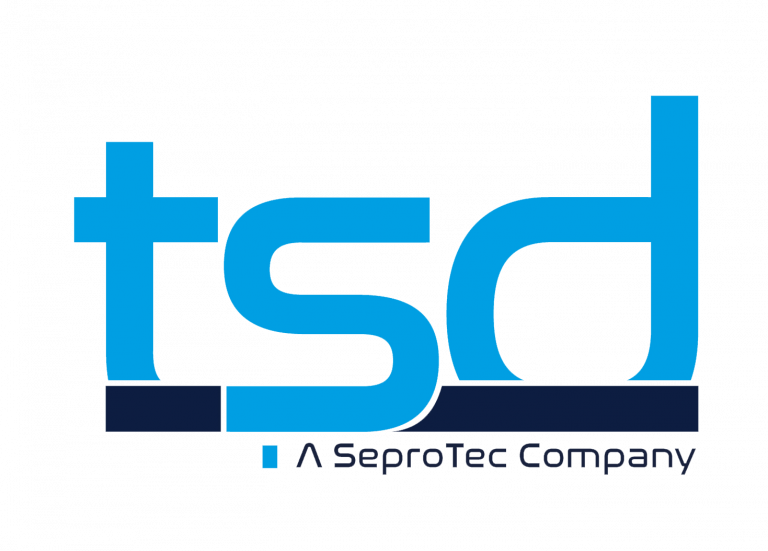Your CV
How to show that you are the right applicant for tsd
Every application should also include an informative curriculum vitae (CV). But how should it be laid out? And what should you include in it and what should you not?
We want to dedicate this post in our current HR series to the CV and its layout.
Structure and layout
 Every CV should generally be well structured and neatly designed – a CV in a tabular form is the best way to do this. Whether you follow the German or the English method is not as important as a uniform design. In the German version, the oldest entries, i.e. education and previous jobs, are listed first.
Every CV should generally be well structured and neatly designed – a CV in a tabular form is the best way to do this. Whether you follow the German or the English method is not as important as a uniform design. In the German version, the oldest entries, i.e. education and previous jobs, are listed first.
In the English version, on the other hand, the most recent entries come first. The entries are listed chronologically in both versions. A CV can be between one and three pages long, depending on experience and education.
The best way to get your CV to us is to send your application via e-mail to recruiting@tsd-int.com. The CV should be attached in PDF format.
What do I write in my CV?
Everyone will have had different experiences in both work and education, and these should be listed individually.
You are welcome to highlight the experiences and areas in your career that are relevant for the advertised position or that are mentioned in the job advertisement.
For translators, this means you can focus more on linguistic experiences, whereas in applications for human resources, marketing or other administrative roles, it may be best to highlight, for example, more socially orientated experiences or those that had an administrative focus.
The general motto is that the CV should show why you are the right candidate for the position. You can check whether you are suitable for an advertised position by comparing your CV to the requirements of a job posting.
You are also welcome to include something about your personal interests and hobbies. This makes the application appear more personal!
Preferably, your CV should contain no gaps. If you have not worked for a while because you have been abroad, you can write «Time spent abroad in XY» here. This not only fills the gap, but you are also showing that you are open-minded and courageous.
As well as indicating which jobs you have had and when you were working there, you should also explain the kind of tasks you were responsible for there. The best way to do this is to use the time period and the job/apprenticeship title as a heading. You can then list your tasks in the section below. This way, the HR-Manager will be able to get a much better picture of your experience.
As a translator, what should I pay attention to in my CV?
As tsd is ISO certified, we have to take many things into account when selecting linguists. We pay special attention to your studies and professional experience (if applicable). Therefore, you should state if and what you have studied and for how long you have been working as a translator or proofreader.
Since languages are your capital, it is good to also indicate your mother tongue and target languages, as well as your source languages. This is also part of the ISO certification, as translators at tsd are only allowed to translate into their native language(s). Proofreading also brings linguists into contact with other languages.
To round off your application, it is best to include your areas of expertise and specialisation for translations or proofreading.
No-Gos
Just as in the cover letter, the CV should not contain any spelling or grammatical errors. A confusing structure should be avoided as well as incorrect contact details, referee details or company details.
And that’s about it:
We hope that this has given you some tips and we look forward to receiving your applications and CVs via e-mail at recruiting@tsd-int.com.
